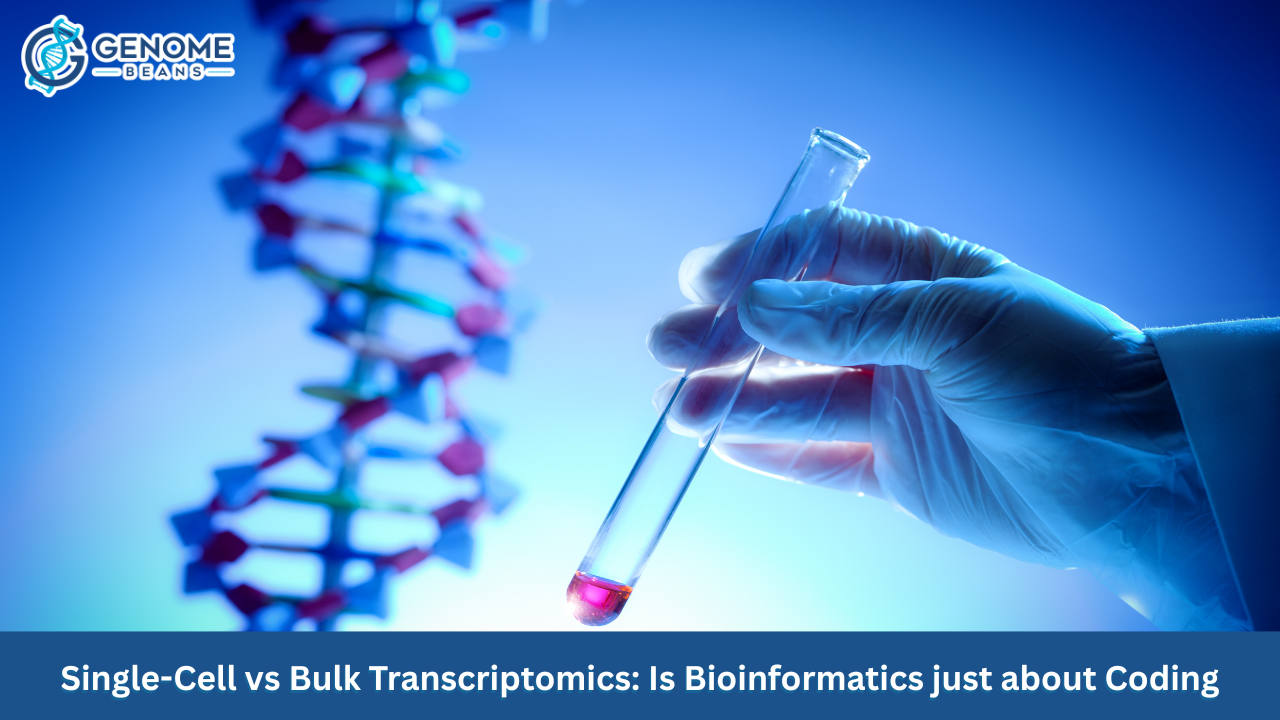BioXCell Recombinant Antibodies: Tips and Tricks for Success
We delve into the world of BioXCell RecombiMAb™ Antibodies, offering valuable tips, tricks, and expert insights to help you harness their potential effectively. Let’s embark on a journey of discovery and excellence in antibody research together.
What Are BioXCell RecombiMAb™ Recombinant Antibodies?
Bio X Cell RecombiMAb™ monoclonal antibodies are recombinant antibodies with the exact same antigen-binding variable domains as the traditional antibodies that they are derived from. The epitope to which the RecombiMAb™ antibody binds is identical to that of the matching traditionally produced clone. This is accomplished by sequencing and cloning the antibody-coding genes into high-yield expression vectors which are then expressed in mammalian cells to generate the recombinant antibody.
Why Choose BioXCell RecombiMAb™ Recombinant Antibodies?
Traditional monoclonal antibodies created using hybridoma technology are produced by fusing a B cell from an immunized animal with an immortalized myeloma cell. While this process produces highly specific and consistent monoclonal antibodies it does have some drawbacks. Hybridoma cells are susceptible to genetic drift, gene loss, and gene mutations which can result in slight changes in binding specificity and antibody affinity over time. While Bio X Cell’s optimized antibody manufacturing process utilizes multiple measures to avoid hybridoma genetic drift and lot to lot variability as much as is achievable, some level is unavoidable. Further, since traditional hybridomas are created using immunized animals (typically rats or hamsters) the species of the antibody cannot be altered. This can be problematic when the species of the antibody does not match the species of the experimental animal. For example, injecting rat IgG into a mouse repeatedly over the time course of an experiment has the potential to induce an immune response against the injected antibody in the mouse leading to reduced antibody effectiveness and/or a hypersensitivity reaction. Recombinant antibodies do not suffer from these drawbacks.
Consistent and Highly Reproducible Data
RecombiMAb™ antibodies are derived from a defined DNA and amino acid sequence encoding only one heavy and one light chain. RecombiMAb™ antibodies are not susceptible to genetic drift, gene loss or gene mutations. This ensures extremely high lot-to-lot consistency and data reproducibility from experiment to experiment.
Species Matching Chimerization
RecombiMAb™ antibodies are provided as chimeric antibodies with mouse or human IgG constant regions instead of the typical rat or hamster constant regions. This means improved in vivo activity and reduced immunogenicity in mouse models or humanized mouse models.
Available Fc Domain Silencing
Engaging Fc-mediated antibody effector functions through Fcγ receptor and complement interactions can be detrimental to certain antibody mechanisms of action. For example, antibodies which block cell surface receptors or cytokines and do not require Fc-effector functions. This is especially important for immune checkpoint blocking antibodies where target cell depletion is not desired.
Select RecombiMAb™ antibodies are available in multiple Fc silenced versions. These Fc silenced versions have mutations in the Fc fragment of the antibody rendering them unable to bind to endogenous Fcγ receptors or complement in vivo thereby eliminating Fc-mediated antibody effector functions. Available Fc silencing mutations include D265A, S228P, and LALA-PG.
Formulated for in vivo Use
RecombiMAb™ antibodies are offered with the same purity and in vivo formulations that Bio X Cell is known for. These recombinant antibodies are ultra-pure and free of preservatives, stabilizers, and carrier proteins, making them ideal for in vivo applications.
RecombiMAb™ Recombinant Antibodies Feature
- Exceptional Purity Each lot is QC tested for purity using SDS-PAGE and are preservative, stabilizer, and carrier protein-free.
- Binding Validation Each lot of RecombiMAb™ product is validated for antigen binding by immunoblot.
- Ultra-low Endotoxin Levels The level of endotoxin is QC tested for each lot. Our RecombiMAb™ products are ≤ 1EU/mg. If endotoxin levels below 1EU/mg are required, please contact technical support to discuss your needs.
- Pathogen Free Each lot of RecombiMAb™ product is screened for an exhaustive panel of murine pathogens. The results are detailed on product-specific datasheets, to help you adhere to IACUC and Animal Facility requirements.
- Low Protein Aggregation Each lot of RecombiMAb™ is QC tested for aggregate level and guaranteed to be below 5% of the total protein.

Etiam convallis elementum sapien, a aliquam turpis aliquam vitae. Praesent sollicitudin felis vel mi facilisis posuere. Nulla ultrices facilisis justo, non varius nisl semper vel. Interdum et malesuada fames ac ante ipsum primis in faucibus. Phasellus at ante mattis, condimentum velit et, dignissim nunc. Integer quis tincidunt purus. Duis dignissim mauris vel elit commodo, eu hendrerit leo ultrices.
At vero eos et accusamus et iusto odio the end But who the in ignissimos
ducimus, qui blanditiis corrupt the praesentium
Johnny Make
Richard McClintock, a Latin scholar from Hampden-Sydney College, is credited with discovering the source behind the ubiquitous filler text. In seeing a sample of lorem ipsum, his interest was piqued by consectetur—a genuine, albeit rare, Latin word. Consulting a Latin dictionary led McClintock to a passage from De Finibus Bonorum et Malorum “On the Extremes of Good and Evil.
The purpose of lorem ipsum is to create a natural looking block of text (sentence, paragraph, page, etc.) that doesn't distract from the layout. A practice not without controversy, laying out pages with eaningless filler text can be very useful when the focus is meant to be on design, not content. The passage experienced a surge in popularity during the 1960s when Letraset used it on their dry-transfer sheets, and again during the 90s as desktop publishers bundled the text with their software.







